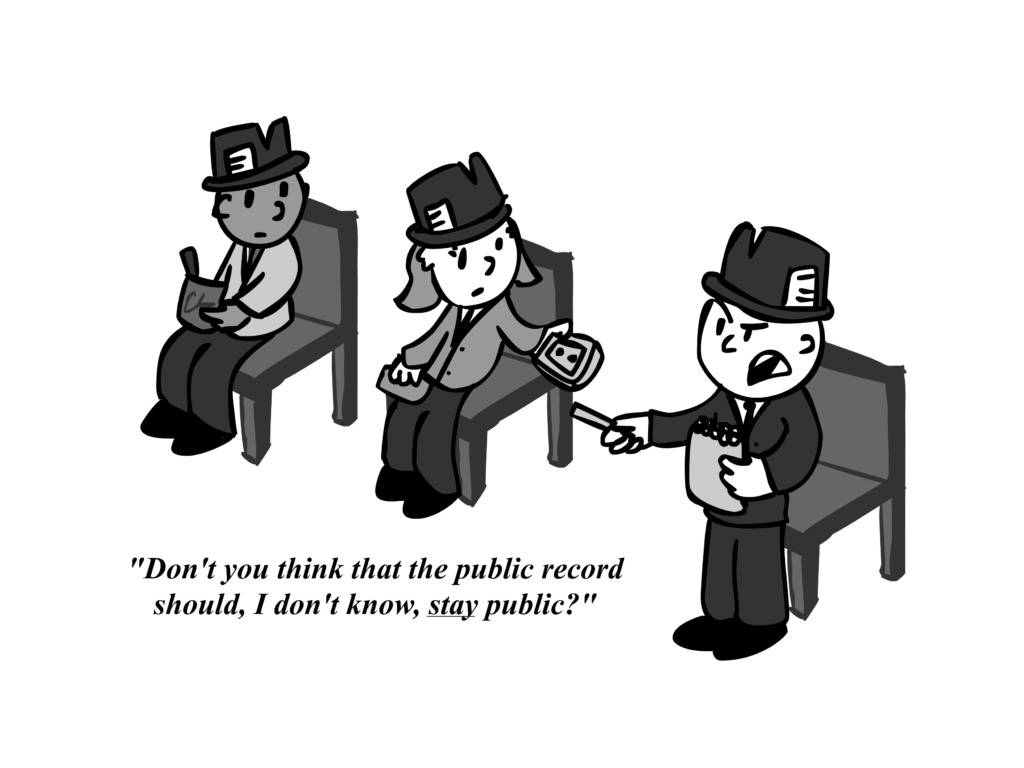Column by Taylor Grace Suiter, Senior from Brentwood, Tennessee
Aziz Ansari’s “Master of None” premiered on Netflix Nov. 6th, so naturally I spent my weekend watching and live tweeting it.
I loved it and I still can’t stop talking about it.
Ansari isn’t just an observational comedian, he’s plain observant, and it shows in the series’ ability to flit from topics as trivial as Treezam (Shazam for trees) to quarter-life crises.
I was as unprepared for the poignant punch the final episode delivers as I was for the fresh and unexpected dialogue that fills the beginning episodes. (What does “Honky Tonk” mean, anyway? Why do we all know about citizen’s arrests but never see them happen?)
With Dev (the protagonist), Ansari delves into a richer and more fully developed role than the cashmere-loving-Treat-Yo-Self-Day Tom Haverford that made him famous on “Parks and Recreation,” but he maintains the endearing charm that he’s just as well known for.
In “Master of None,” Ansari proves that he’s more than a bit character in the series. He co-created, directed and co-produced the Netflix original series alongside a host of other talents like Eric Wareheim of Adult Swim’s “Tim and Eric Awesome Show, Great Job!” and Alan Yang, who also writes for “Parks and Recreation.”
Each episode could stand alone as a kind of mini-movie, each with a strong direction and message, a quality made even stronger by each episode’s 70s style “‘Master of None’ presents … ” opening credits. The fourth episode, “Indians on TV,” stands out especially for its nuanced and frank tackling of racism in the media. Ansari’s work really shines when watched in back-to-back sequence, though. He’s writing binge-watch-worthy TV with substance that demands its viewers to think about topics like racism, sexism and the media. I especially liked how “Master of None” balances the serious with the silly without discounting the importance of the social commentary each episode aims to make.
There are moments of anger, fear and hard decision making in the show that viewers aren’t familiar seeing the seemingly always cheesin’ Ansari perform. The final episode even takes on Sylvia Plath’s “Bell Jar,” utilizing her analogy of life’s potential offerings being like a fig tree that will leave you starving if you don’t hurry up and pick one.
The fear of finality, a theme that runs in the undercurrents of the entire series and culminates with “Finale,” may resonate especially with students. Finalizing a major, accepting a job offer and (at least in Murray) nailing shoes on a tree are choices that aren’t easily taken back. Saying “Yes” to one opportunity often means sealing off the entrance to another, and that’s a harsh reality that students and Ansari’s character are forced to come to terms with in one way or another.
The difference between Dev’s existential crisis and students’ graduation anxieties is that Dev is 32 and most students aren’t. As one of my friends put it, “The unspoken truth about ‘Master of None’ is that they both feel like they wasted their twenties kind of going nowhere.” Watching “Finale” as a senior felt like witnessing a cautionary tale, a warning: “Have your freak out now! Follow the wild hairs now!”
As “Mornings” reminds viewers, you’ll never be 100 percent sure of anything, after all.






























































































